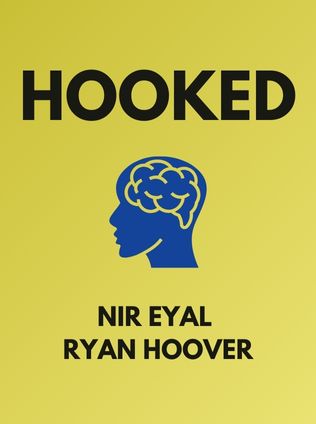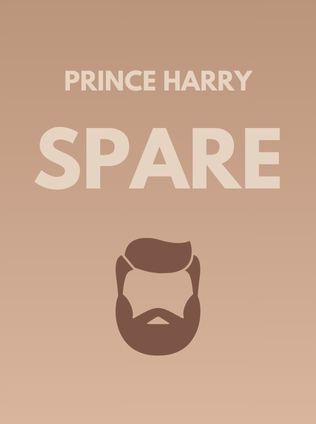
Hooked
By Nir Eyal and Ryan Hoover
Published 09/2021
About the Author
Nir Eyal is an accomplished author, lecturer, and expert in behavioral design, known for his deep insights into the psychology behind habit-forming products. With a background in psychology and behavioral economics, Eyal has devoted his career to understanding the mechanisms that drive human behavior, particularly in the context of technology and consumer products. His work has been highly influential in the tech industry, where his frameworks and theories have been widely adopted by product designers, marketers, and entrepreneurs seeking to create engaging and habit-forming products.
Beyond his writing, Eyal is a sought-after speaker and consultant, sharing his knowledge with companies around the world. His teachings are grounded in scientific research, but they are also highly practical, offering actionable strategies for anyone interested in creating products that capture and maintain user attention. His approach is both ethical and insightful, encouraging creators to design products that enhance users' lives rather than exploit their vulnerabilities.
Main Idea
The core idea of “Hooked” is the exploration of how products can be designed to create habits in users, thereby becoming an integral part of their lives. Eyal presents a four-step model that product designers can follow to create habit-forming products: Trigger, Action, Variable Reward, and Investment. This model, known as the “Hook Model,” is based on the idea that habits are formed through repeated loops of behavior, where each step reinforces the next, ultimately creating a cycle that is hard to break.
Eyal emphasizes the importance of understanding both the psychological and emotional triggers that drive behavior, as well as the role of rewards and investments in sustaining these behaviors over time. He argues that by carefully designing each element of this loop, companies can create products that not only attract users but also keep them coming back for more, thereby becoming indispensable in their daily lives.
Table of Contents
- Introduction to Habit-Forming Products
- The Hook Model: An Overview
- Step 1: Trigger
- Step 2: Action
- Step 3: Variable Reward
- Step 4: Investment
- Case Studies and Real-World Applications
- Ethical Considerations
- Conclusion: Building Better Habits
Introduction to Habit-Forming Products
In today's digital age, where consumers are bombarded with countless options and distractions, creating a product that stands out and captures users' attention is no easy feat. However, some products manage to do more than just capture attention—they become ingrained in our daily routines, almost like second nature. These are the products that have successfully implemented the principles of habit formation, turning users into loyal, even dependent, customers.
At the heart of this phenomenon lies the Hook Model, a framework that explains how habits are formed through a cycle of triggers, actions, rewards, and investments. As Eyal explains, "Habits are a shortcut for your brain - you execute automatic behaviors without having to think hard about it. Habits develop when the behavior has solved the problem continuously in the past." This statement sets the stage for understanding how habits can be leveraged in product design to create lasting engagement.
Sign up for FREE and get access to 1,400+ books summaries.
You May Also Like
The Subtle Art of Not Giving a F*ck
A Counterintuitive Approach to Living a Good Life
By Mark MansonHow To Win Friends and Influence People
The All-Time Classic Manual Of People Skills
By Dale CarnegieFreakonomics
A Rogue Economist Explores the Hidden Side of Everything
By Steven D. Levitt and Stephen J. DubnerQuiet: The Power of Introverts
The Power of Introverts in a World That Can't Stop Talking
By Susan Cain



















